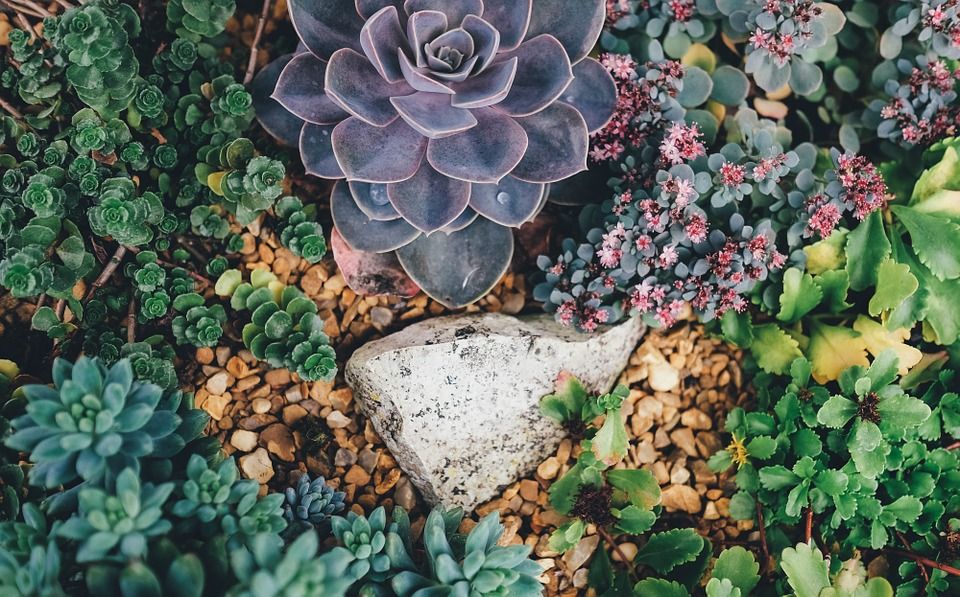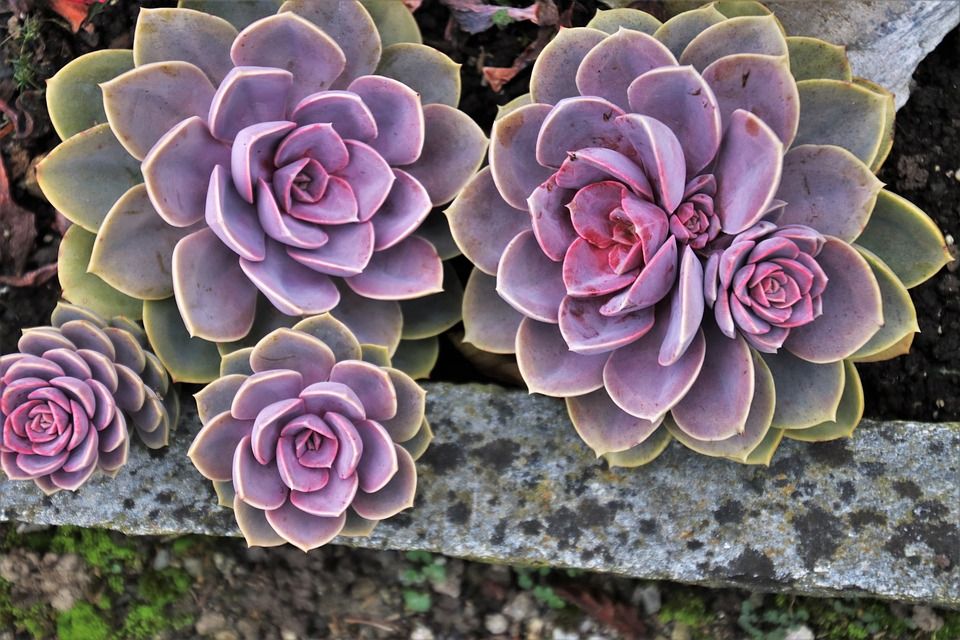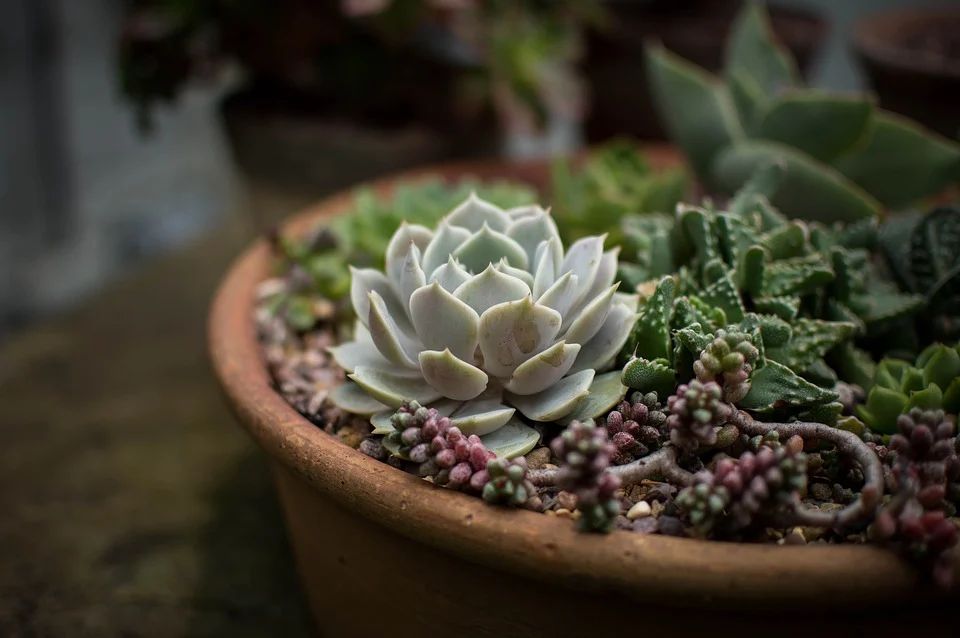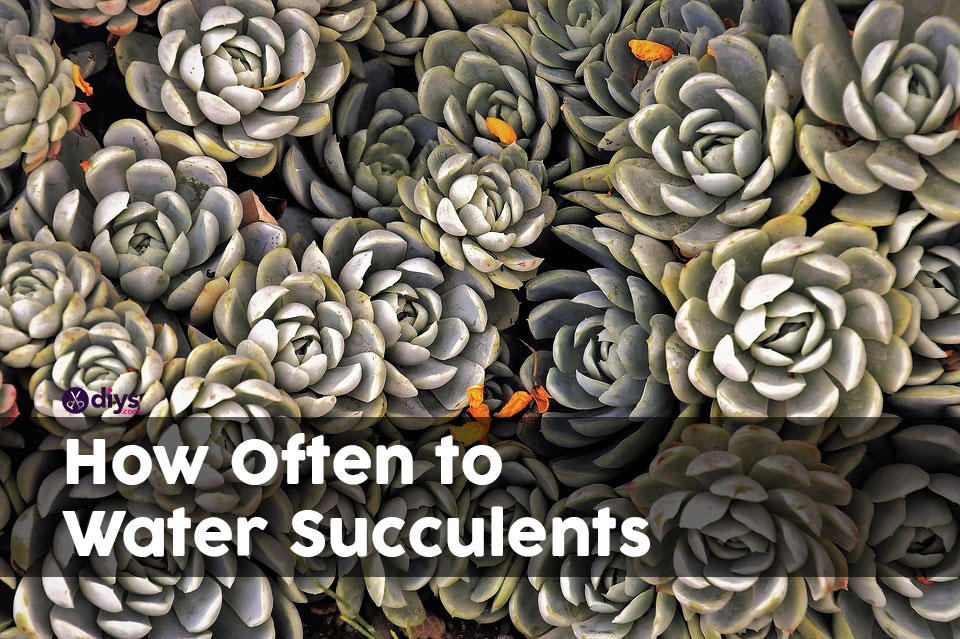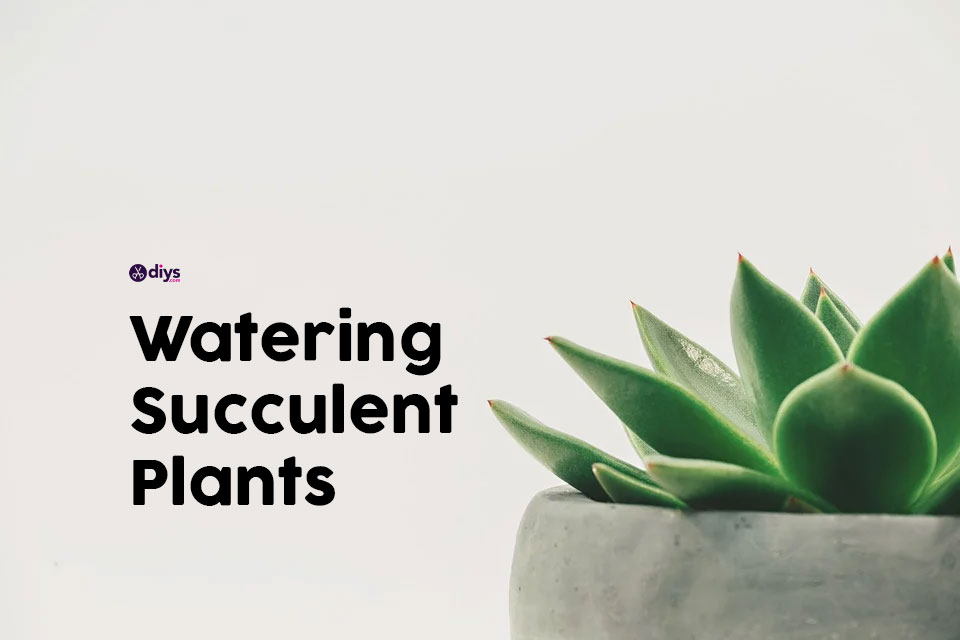How Often to Water Succulents – How Much Water Do They Need
How many watering sessions does your succulent plant need to stay alive? We get asked this question so often in our comment section. Most homeowners with a striking interest for gardening tend to fall for the bland assumption that all succulents are somewhat drought-resistant.
It’s quite easy to fall into overlooking the great significance of watering your succulent plant using the right ratio and interval. And that’s because most tend to survive in semi-arid conditions.
Succulents generally store water in their roots, leaves, and stems, which helps them cut through drought periods or between the watering sessions. However, this isn’t to suggest that you can forsake them entirely.
While it’s not advisable to neglect your succulents for weeks or even a whole month, overwatering them could be detrimental to their overall well-being.
On the face of it, these two pointers might make growing succulents seem like an overly-sensitive thing to do, but in fact, it’s not.
Read on to figure out the watering sessions for your succulent plants should look like.
How Often to Water Succulents
While you’re observing the watering intervals, it’s essential to note that succulents are genetically bred to withstand arid conditions where rainfall is hard to come by. Although they can keep up with the struggle and store water for the infrequent seasons, succulents tend to wither if they stay for longer periods without periodic watering sessions.
How frequent you need to water your succulents hangs on the season and the level of sunlight exposure they get.
If you grow your succulent outdoors where it gets the full sun, the soil will tend to dry out much quicker, which means you’ll need to water it more frequently.
On the other hand, plants growing under partial shade will require less watering sessions.
When Is The Best Time to Water Succulents?
Typically, you can water your succulents every once a week, but that depends on the season as we hinted earlier in this guide.
Freshly propagated plants will need more water during the germination process, compared to older ones which tend to endure dry conditions much longer.
If you’re growing your plant outdoors using a container, make sure it has a few drainage holes to protect the roots from any damage that would be hard to repair.
Does The Season Matter?
The most suitable time to water your plant depends on the growing season and how dry the first few inches of the topsoil is.
During summer and spring, most succulents and cacti plants—includes the Jade plant, are always thirsty for more water. You want to cap the watering frequency during winter since the rooting hormones freeze and become numb during this season—making it hard for your plant to efficiently absorb water.
When the season is extremely cold, water your succulent just once every month. It’s only during the first weeks of spring when succulents are extremely thirsty, hence you’d need to increase the watering sessions around the first quarter of this season. As soon as the leaves begin to exhibit signs of getting parched, that means the plant needs to be watered. You also want to make sure you’re using a growing medium with enough drainage holes, so the roots don’t get soaked in water for too long.
Which Soil Drains Best?
If you’re looking to grow a succulent in your home or garden and want the best foliage yield every season, then you just can’t overlook the soil requirements part.
Succulents grow lavishly in permeable sandy potting soil, and you need to need to use a sizeable portion of sand when setting up the growing medium. It’s porous, hence allows water to drain much quicker than other types of soil.
To prepare potting soil that’s suitable for your succulents, you need to purchase perlite or pumice, together with coarse sand from your nearest gardening store.
Coarse sand helps speed up the drainage process, and ultimately, the roots won’t rot easily.
The Best Watering Methods for Succulents
If you’re watering succulent plants, the soak and dry method should work just fine. You simply need to let the soil dry out completely before watering your plant once again. And since most succulents begin to rot if they’re excessively drenched in water, you want to be moderate with the amount of water you feed your Echeveria or Haworthia plant.
Aside from the level of light exposure, the growing conditions also determine how much water you succulents would yearn for. In other words, the watering methods will remotely vary, depending on the area where you fancy placing the growing medium. A bigger container would have the room to hold more moisture.
How Much Water Do Succulents Need?
If you want to grow a petite succulent plant, it would be ideal to use a small pot, and in this scenario, you need to water it more regularly. You also need to take note that using a spray bottle wouldn’t be a results-yielding watering method for your succulents.
Depending on where you want to place the medium, here are a few cues on the best practices to observe while watering your succulents:
Watering Succulents Growing Indoors
Houseplants generally have varying watering needs since they uniquely tend to adapt to various growing conditions through the seasons. During winter, they’ll be exposed to dim light and low temperatures that make the normal drying pattern quite irregular. Its, therefore, ideal to water your succulents only when they begin to look thirsty, instead of using a pre-set routine.
Unlike plants grown in the ground, houseplants tend to retain the moisture slightly longer. Before watering your indoor succulents, check whether the first 1 or 2 inches of the soil is entirely dry. An electronic moisture sensor would preferably help determine if the soil has dried up completely.
Succulents that produce flowers during spring or summer seem to thirst for more water in contrast to those in the cacti family. Too much moisture is also damaging to houseplants, so it’d less risky to miss out on the watering schedule rather than leaving the soil too drenched.
Watering Succulents Growing Outdoors
Watering succulents growing directly in the ground is pretty simple. There are quite a bunch of them that thrive and look stunning while growing on the ground. And besides, they get optimal nutrients and a few other essential soil microbes that enhance the plant’s well-being.
Even though you probably won’t need to use a container, succulents growing in the ground also need well-draining soil, to prevent causing damage to the roots. Don’t get tempted to use a sprinkler on your plants since, same as houseplants, succulents growing outdoors are overly-sensitive to too much water. If the soil retains moisture longer than the usual drying grace period, you want to replace it with one that drains better.
If you’re propagating your succulent plants using seedlings, make sure the garden bed is a bit raised to help the soil drain water faster mostly when the conditions are colder. To make a plant that thrives better in its native region mutate to the present growing conditions in your garden, amend the soil with organic compost and mix it with perlite—to enrich your garden with the essential macronutrients.
Same as the succulents growing indoors, you want to watch out for indicators, especially on the leaves and stems, to figure out if they’re thirsty and know how much water they need to survive before the next session clocks in.
